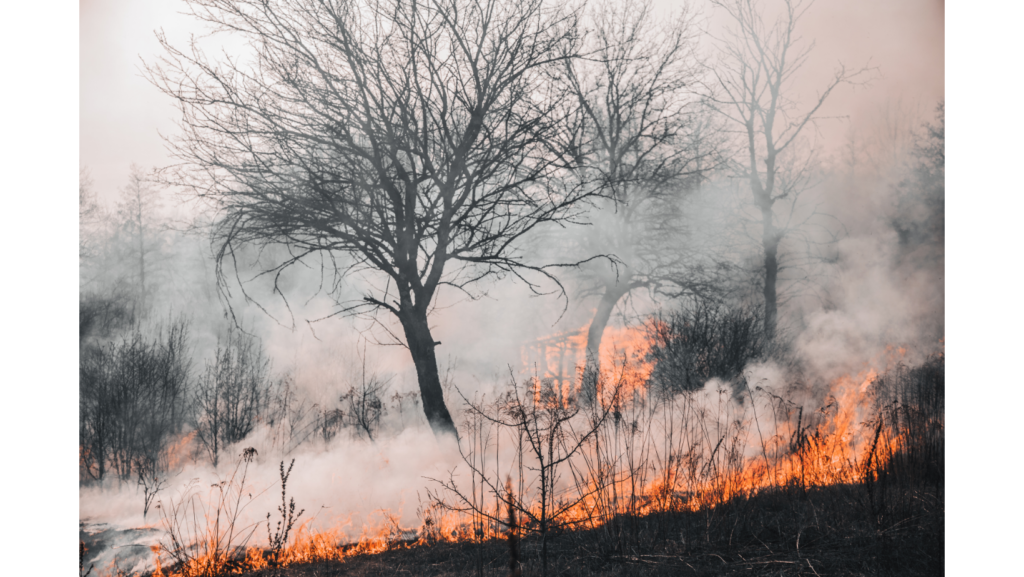Natural disasters are an unfortunate but a very real fact of life that anyone can experience regardless of age, location, gender, and occupation. At some point in our lifetimes, most people will find themselves facing an unexpected and dangerous situations.
While disasters are not always avoidable, there are ways we can prepare for them. Doing so will help lessen the chance of injury and death during and before the incidents.
The Danger Of Natural Disasters
Natural disasters have devastating consequences on people, properties, and the environment.
In global estimates, natural disasters kill about 45,000 people every year and affect hundreds of thousands more.
In Australia, bushfires, floods, earthquakes, storms, cyclones, and landslides have been particularly damaging over the past years, both in terms of fatalities and economic impact.
The staggering numbers and far-reaching effects of many natural disasters are a testament to the sheer power of nature.
In every disaster, there are always victims – an event is not officially considered a disaster unless there are fatalities, injuries, or damage to property and the environment.
Many injuries and fatalities are not the direct result of the disaster itself, but rather the aftereffects. But regardless of the direct cause, many people suffer injury, permanent disability or even death during a disaster that could have been prevented with access to proper first aid. Understanding the principles and procedures of caring for the sick and injured skills is vital when dealing with a natural disaster.
During and after such an incident, it’s quite common to see widespread panic and confusion, often making the situation a lot worse. Keeping calm and confidently taking action can make a huge difference to the outcome of the situation.
Prompt first aid can help treat wounds, ward off infections, and prevent injuries and illnesses from becoming worse.
Emergency Preparation First Aid
Here is a list of things you’ll want to have available to be emergency-ready.
First Aid Kits
A first aid kit is a must-have item when preparing for natural disasters. It is a box or container that contains medical supplies such as antibiotic ointments, antiseptic wipes, CPR masks, and medications. It also includes basic items such as bandages, gauze, tweezers, and gloves.
It is recommended to always keep a kit at home, in the car, and at the office – normally in a location easily accessible to adults but out of reach for children.
A backup first aid kit may also be used to store emergency supplies such as food, water, batteries, flashlights, etc.
CPR And Basic Life Support
It is vital that anyone having breathing difficulties receive professional medical help quickly. Cardiopulmonary resuscitation (CPR) is a lifesaving procedure that involves giving rescue breaths followed by chest compressions.
During disasters, many lives of people who have stopped breathing or lost consciousness have been saved by the timely use of CPR.
Recovery Position
The recovery position is used for unconscious victims where CPR is not required – although it is not recommended for anyone with suspected neck or spinal injuries.
Putting a person in the recovery position helps maintain an open airway by allowing fluids such as water or vomit to drain from the mouth.
Calling Of Emergency Services
The first rule in providing first aid is to remain calm while quickly assessing the scene and the casualties. Call triple zero (000) right away if you know – or strongly suspect – medical assistance is required.
The ability to help in an emergency could determine the victim’s chance of survival. Knowing basic first aid can make a big difference.
Be Prepared For Natural Disasters
The first step towards emergency preparedness for natural disasters is education and training.
Take time to learn about common emergencies, and what types of disasters are more likely to happen in your situation. Also, consider other risk factors that may harm you and your loved ones.
Heightened emotions can block your critical skills and ability to think on your feet. In addition to staying cool under pressure, practiced life-saving skills can make a huge difference in a life and death situation.
For these reasons, learning first aid is a must. Book a course today and be ready to save lives tomorrow.








